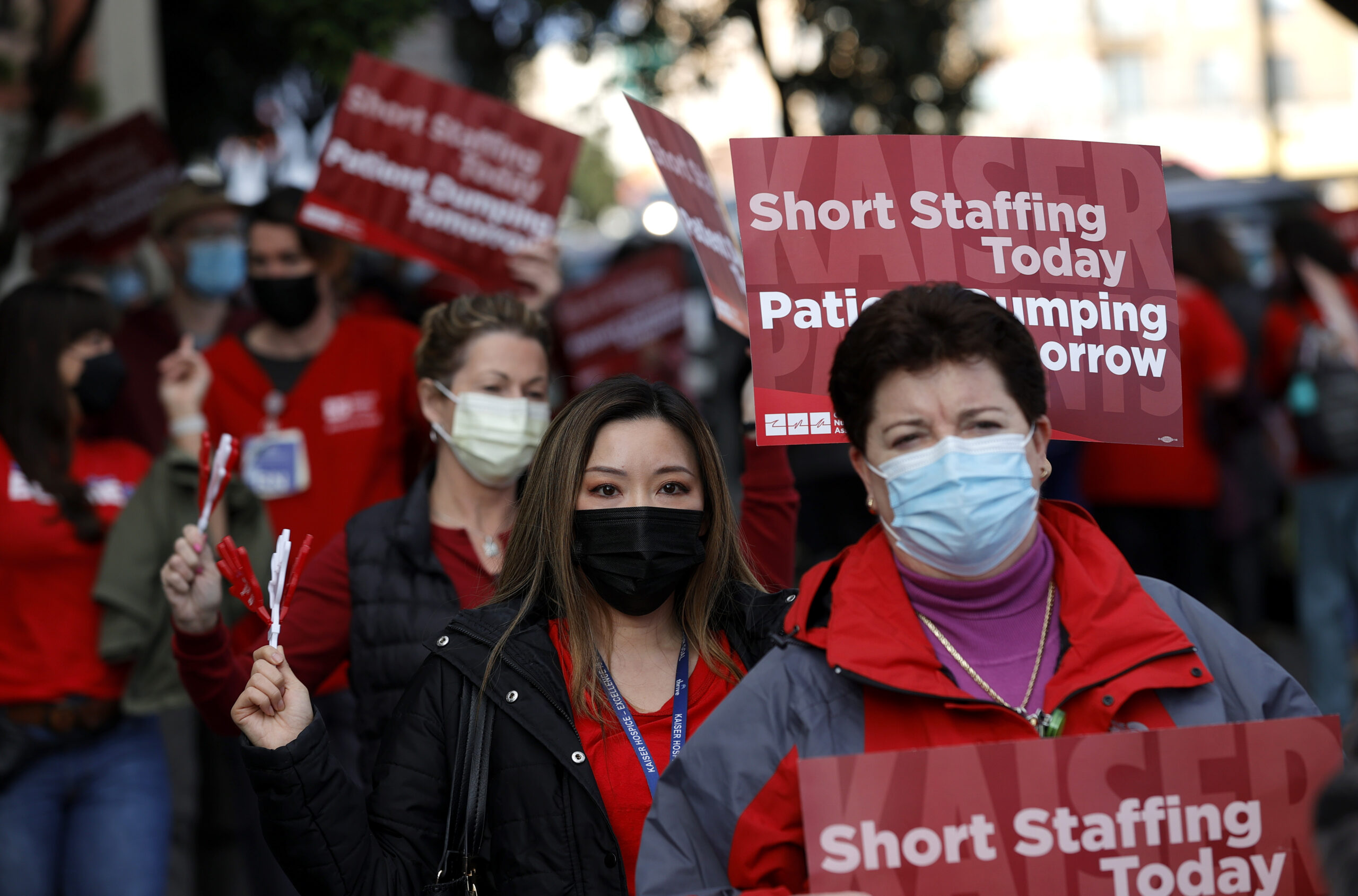We forecast that limited strikes and union action are likely to continue across a wide range of sectors in the US through mid-2022.
This assessment was issued to clients of Dragonfly’s Security Intelligence & Analysis Service (SIAS) on 2 December 2021.
Worker shortages, together with a political environment sympathetic to organised labour, are giving unions and staff the confidence to leverage what they view as an outsized negotiating power. But coordinated national or industry-wide strikes are unlikely. This is based on the current and forecast economic conditions, and the improbability of significant legislative reform.
Worker shortages and political support drive union activism
Union action in the US is currently high compared to recent years but remains historically low. A database of strikes published by Cornell University has documented at least 70 strikes in November and 956 so far in 2021. This compares with, for example, 5,716 reported by the Bureau of Labor Statistics (BLS) in 1970. But current action is still notable given the breadth of industries and states affected. Strikes in 2021 included nurses and healthcare workers in California, Oregon, New York, and Colorado and port workers in South Carolina.

The causes of these trends are both recent and historical. Wage growth has been sluggish since 2000. And there have been losses in bargaining power, especially among blue-collar workers and in the 28 states where ‘right-to-work’ laws limit union power. Economic conditions due to the pandemic are also playing a part. US labour force participation rates reached a low of 61.6% in October 2021, down from 63% pre-pandemic. And polling suggests that there is currently majority public approval for unions.
Utilities, warehousing and manufacturing industries, which have relatively high levels of unionisation (at 15-20%) are particularly vulnerable to labour action. Tech and service industries, each with around 1.2% unionisation rates, are witnessing small-scale organising. But these actions have had limited impact. In our analysis, worker action will probably decrease as employment and labour participation rates pick up and employers gain bargaining power; the Federal Reserve forecasts that labour shortages will ease in mid-2022.
Structural factors mean that recent trends are unlikely to last beyond mid-2022. Labour laws are permissive overall, and union participation across the private sector remains low. And as companies are improving compensation packages, widespread and long-term union action also appears unlikely. Data from the BLS suggests that union membership in the US is at an all-time low (10.8% of workers in 2020). Those numbers show that union members tend to be older too, so these figures will probably further decrease as these workers retire.
Labour activism is now largely a grassroots effort. This is leading to a wave of strikes and protests but workers lack organisation and large-scale solidarity networks, so they will probably struggle to sustain lengthy or sector-wide action. Activists had hoped that technology might make unionisation easier for contractors or those in the gig economy, but we have seen little evidence this is taking place. Still, widespread social media coverage of small-scale actions or disputes is probably amplifying the reputational impacts of labour disputes for businesses.
Legislative environment unlikely to become more pro-union
We assess that major pro-labour legislative action is highly unlikely in the current Congress, despite a labour-friendly political environment. President Biden said in a September 2021 briefing that he wants to be the most ‘pro-union President leading the most pro-union administration in American history’. But the Protecting the Right to Organize (PRO) Act, which would significantly strengthen the ability of workers in the private sector to form unions and would overrule ‘right-to-work’ laws, passed the House of Representatives in March 2021 but has stalled in the Senate with no Republican support.
The current draft of the Build Back Better Act includes a few provisions that would benefit workers and labour organisation efforts. This has now advanced to the Senate, but will probably not be sent to the House for a final vote for at least a month, based on recent legislative timeframes and the holiday season. And in any case, any regulatory action is also unlikely to have a significant impact, given limited union membership and the lack of broad political backing. These factors reinforce our forecast that current rates of labour protests are unlikely to last.
Image: Kaiser Permanente nurses and workers hold signs as they stage an informational picket outside of the Kaiser Permanente San Francisco Medical Center on 10 November 2021. Photo by Justin Sullivan via Getty Images.







